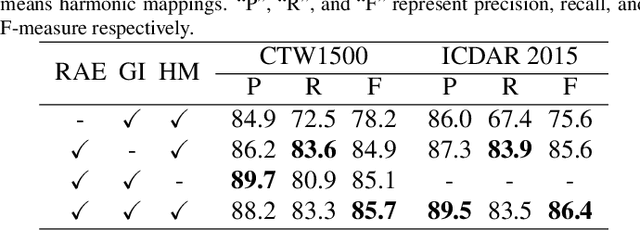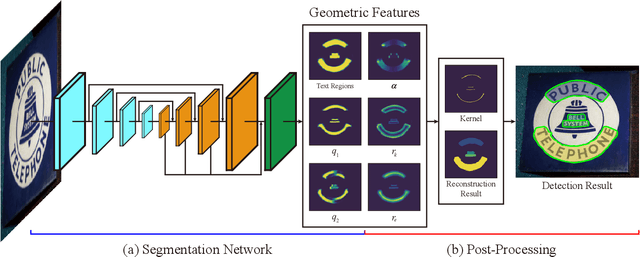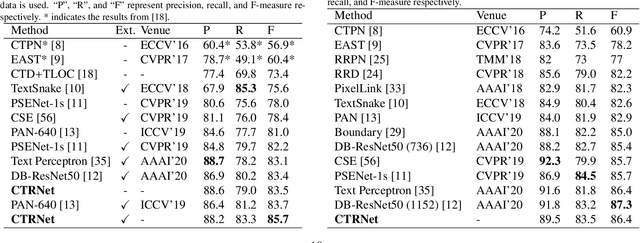Chenwei Cui
An All-MLP Sequence Modeling Architecture That Excels at Copying
Jun 23, 2024



Abstract:Recent work demonstrated Transformers' ability to efficiently copy strings of exponential sizes, distinguishing them from other architectures. We present the Causal Relation Network (CausalRN), an all-MLP sequence modeling architecture that can match Transformers on the copying task. Extending Relation Networks (RNs), we implemented key innovations to support autoregressive sequence modeling while maintaining computational feasibility. We discovered that exponentially-activated RNs are reducible to linear time complexity, and pre-activation normalization induces an infinitely growing memory pool, similar to a KV cache. In ablation study, we found both exponential activation and pre-activation normalization are indispensable for Transformer-level copying. Our findings provide new insights into what actually constitutes strong in-context retrieval.
Generalizing and Improving Jacobian and Hessian Regularization
Dec 01, 2022Abstract:Jacobian and Hessian regularization aim to reduce the magnitude of the first and second-order partial derivatives with respect to neural network inputs, and they are predominantly used to ensure the adversarial robustness of image classifiers. In this work, we generalize previous efforts by extending the target matrix from zero to any matrix that admits efficient matrix-vector products. The proposed paradigm allows us to construct novel regularization terms that enforce symmetry or diagonality on square Jacobian and Hessian matrices. On the other hand, the major challenge for Jacobian and Hessian regularization has been high computational complexity. We introduce Lanczos-based spectral norm minimization to tackle this difficulty. This technique uses a parallelized implementation of the Lanczos algorithm and is capable of effective and stable regularization of large Jacobian and Hessian matrices. Theoretical justifications and empirical evidence are provided for the proposed paradigm and technique. We carry out exploratory experiments to validate the effectiveness of our novel regularization terms. We also conduct comparative experiments to evaluate Lanczos-based spectral norm minimization against prior methods. Results show that the proposed methodologies are advantageous for a wide range of tasks.
Conceptual Text Region Network: Cognition-Inspired Accurate Scene Text Detection
Mar 16, 2021



Abstract:Segmentation-based methods are widely used for scene text detection due to their superiority in describing arbitrary-shaped text instances. However, two major problems still exist: 1) current label generation techniques are mostly empirical and lack theoretical support, discouraging elaborate label design; 2) as a result, most methods rely heavily on text kernel segmentation which is unstable and requires deliberate tuning. To address these challenges, we propose a human cognition-inspired framework, termed, Conceptual Text Region Network (CTRNet). The framework utilizes Conceptual Text Regions (CTRs), which is a class of cognition-based tools inheriting good mathematical properties, allowing for sophisticated label design. Another component of CTRNet is an inference pipeline that, with the help of CTRs, completely omits the need for text kernel segmentation. Compared with previous segmentation-based methods, our approach is not only more interpretable but also more accurate. Experimental results show that CTRNet achieves state-of-the-art performance on benchmark CTW1500, Total-Text, MSRA-TD500, and ICDAR 2015 datasets, yielding performance gains of up to 2.0%. Notably, to the best of our knowledge, CTRNet is among the first detection models to achieve F-measures higher than 85.0% on all four of the benchmarks, with remarkable consistency and stability.
 Add to Chrome
Add to Chrome Add to Firefox
Add to Firefox Add to Edge
Add to Edge